Overcoming physical activity barriers
It can be challenging to stay active over the long term. Finding the time and interest to build physical activity into your daily life can sometimes be difficult. We can all come up with many excuses to avoid exercise.
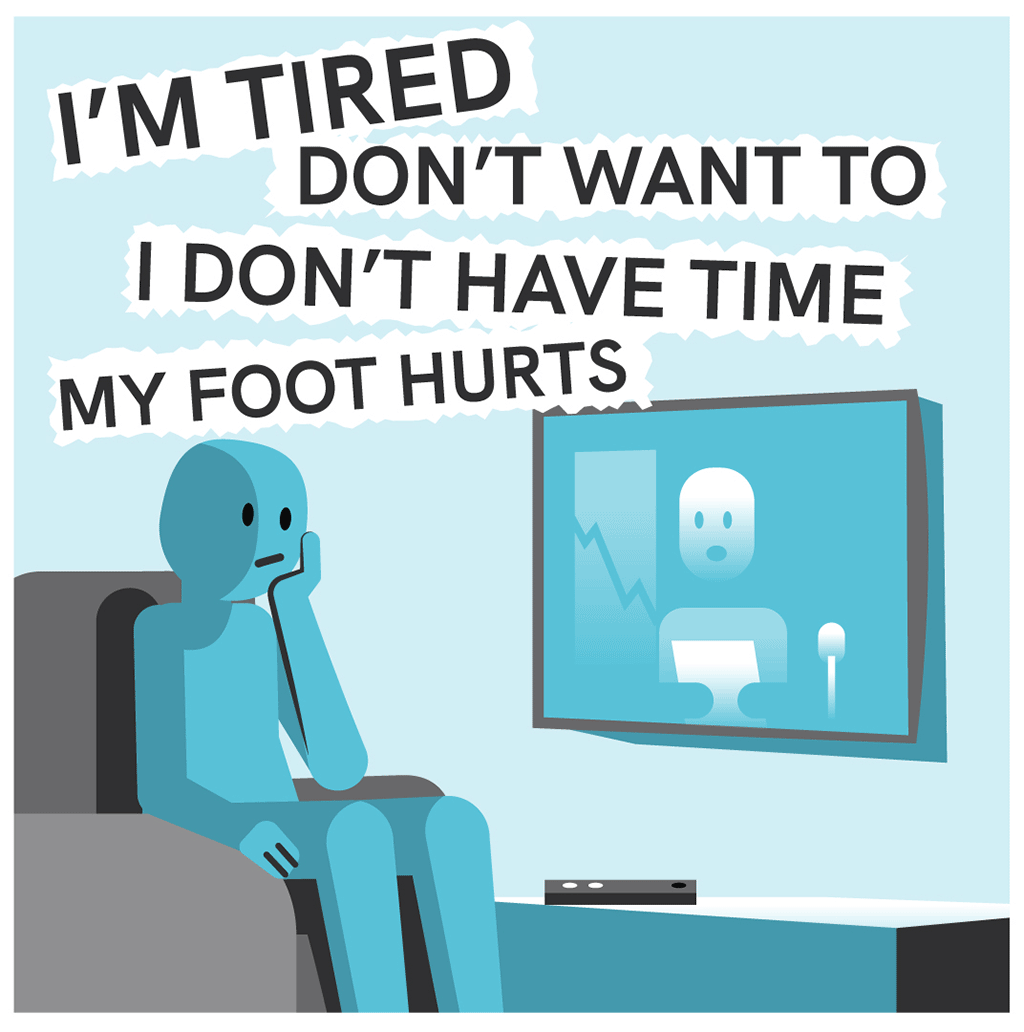
Breaking Down Barriers to Fitness
Clear goals can help motivate you when you’re not in the mood to get moving. Before you start a physical activity program to reach your goals, it can be helpful to first identify your personal barriers. By troubleshooting and developing tactics in advance, you’ll have better success in overcoming barriers.
Common barriers and solutions for overcoming them
Barrier: Lack of motivation and/or energy
Solution:
- Plan ahead. Schedule physical activity for specific times/days and “check” it off your list or calendar each time you complete it.
- Determine what time of day you feel more energetic and try to fit activity into that time frame.
- Join an exercise group or class and seek others in the group to help motivate you and keep you accountable to attending.
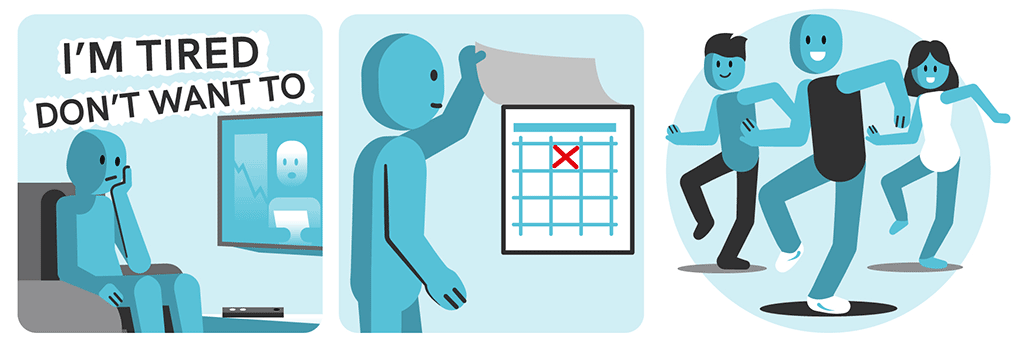
Barrier: I have less time due to life changes.
Solution:
- Work out while you get things done. Move briskly while you shop or walk your dog.
- Make screen time active time. Lift weights, ride a stationary bike, or march in place while you watch TV or videos.
- Stay in touch. Take a walk with a friend. Or talk on the phone while you walk.
- Walk to get places. Ride your bike to work. Park in a distant part of the lot. Take the stairs instead of the elevator. Get off the bus one stop early.
- Divide and conquer. Break your 150 minutes into 10-minute chunks.
- Ask for help. Ask family members to pitch in with daily tasks so you have more time to be active.
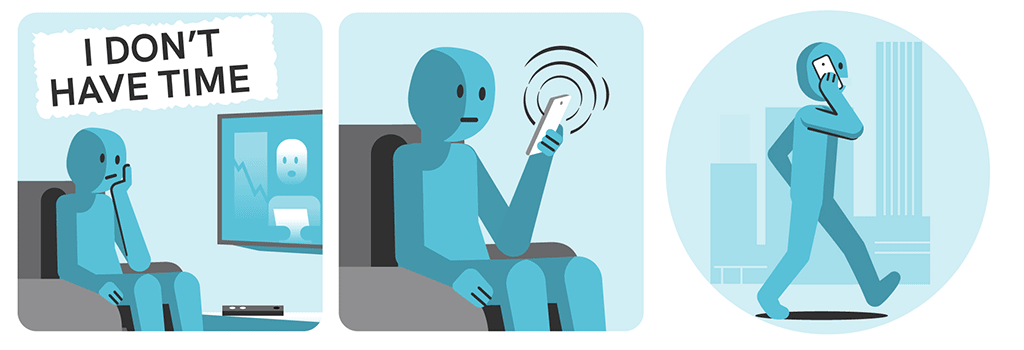
Barrier: The weather is making it hard to walk outdoors.
Solution:
- Dress for the weather.
- Walk in a mall.
- Try another way to be active, such as swimming.
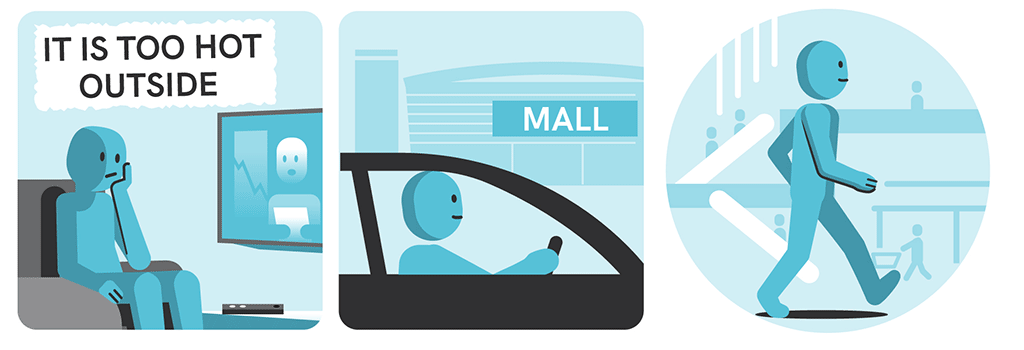
Barrier: I’m injured
Solution:
- Find another way to be active. For instance, if your foot hurts, you may still be able to swim.
- Use splints and supports, as needed.
- Get more active over time.
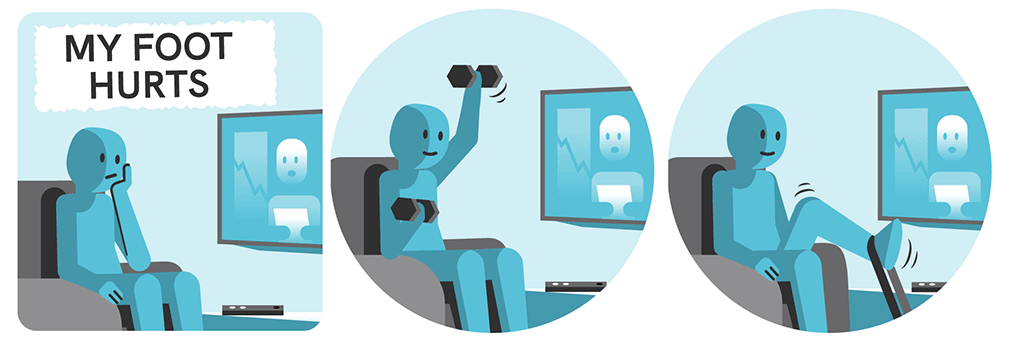
Leave a Reply